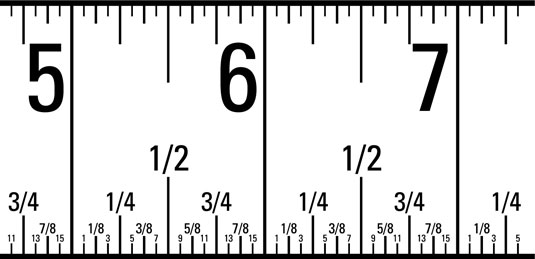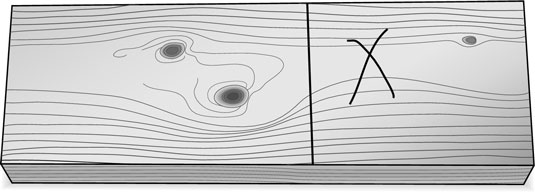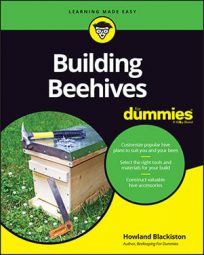Figuring out how to read a tape measure is one of the most vital skills for building a beehive. Take a moment before you start cutting anything to become familiar with your tape measure and how to use it.
How well can you decipher those little marks on your tape measure (see figure)? Do you know which of those are eighths versus sixteenths? Some tape measures even show thirty-seconds of an inch (time to get out the reading glasses!).
Note: In an effort to keep things as simple as possible, very few measurements in beehive plans are less than 1/8 inch increments.
After you measure lumber carefully, place your pencil exactly on the spot to be cut. Then bring your carpenter’s square into contact with the pencil tip. Now scribe a long, easy-to-see line across the entire width of the board. This little trick of bringing the square in contact with the pencil ensures that the line remains at the measured distance versus being off by the thickness of the pencil.

“Measure twice, cut once” is an old saying everyone has heard many times — and for a good reason. It’s terrific advice. After your lumber is cut, it’s irreversible. Take the time to double-check every measurement for accuracy before you rev up your saw.
Now, before you make the cut, scribble an X onto the side of the board you won’t be using. That’s the scrap piece. Why mark the scrap, you ask? Well, say you have a 48-inch board and you need a piece that’s exactly 24 1/4 inches long. You measure it and make your cut. As you finish the cut, both pieces of lumber fall to the ground.
Drat! Both pieces look to be the same length, but they’re not. Which piece is the piece you need and which is scrap? Putting an X on the piece you don’t need prevents this dilemma. Neat trick, huh?


